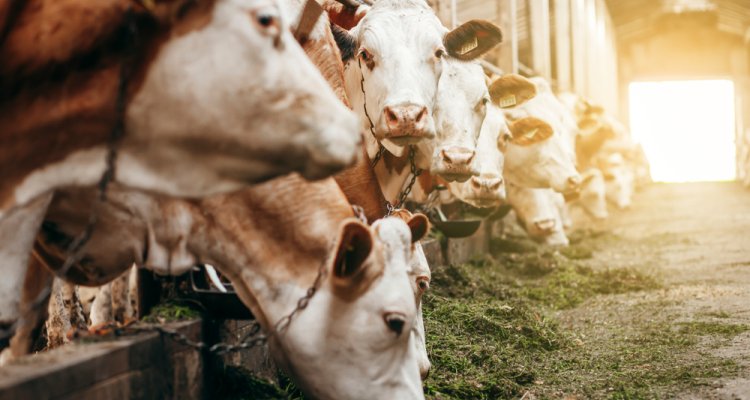
Impact story
Circularity Guide: benefits for dairy farmer and nature
To use the minerals in the soil as efficiently as possible; this is the pillar on which circular farming rests and a key ambition of the dairy sector. The Circularity Guide helps dairy farmers, who are almost all obligated to complete the tool since 2016.
The Circularity Guide maps the environmental performance of the entire dairy business. With the help of open-access software, dairy farmers are able to automatically record data and run calculations. The computing modules are subject to continuous substantiation through the most recent scientific data. The dashboard contains six environmental indicators: soil nitrogen residue, ammonia, greenhouse gas emissions per kilogramme of milk, percentage of permanent grassland and percentage of protein from their own land.
Greater crop yield
By focussing on these six indicators, the dairy sector aims to achieve better soil, air and water quality. There is more than enough room for improvement. Unused nitrogen, for example, can be rinsed into the groundwater as nitrate or evaporate as nitrous oxide. Moreover, the protein percentages of owned land and permanent grasslands provide insight into the footprint and the effect on biodiversity.
The Circularity Guide provide dairy farmers with insight into these indicators and offers recommendations for improvement. This benefits nature but also the farmer. It may lead to, for example, a higher grass yield, fewer fertilisers being needed, and less manure having to be removed. If a business does indeed manage to increase its crop yield, it doesn’t have to buy as much roughage or feed concentrate.
The dairy farmers can earn credits from the milk processing company for their achievements related to nitrogen, phosphate and greenhouse gasses. These credits amount to a few cents per 100 kilogrammes of milk. If the farmer is eligible for a quality label such as “On the way to planet proof”, the financial benefits are increased. Moreover, the Rabobank offers lower interest rates for farmers with a good Circularity Guide score.